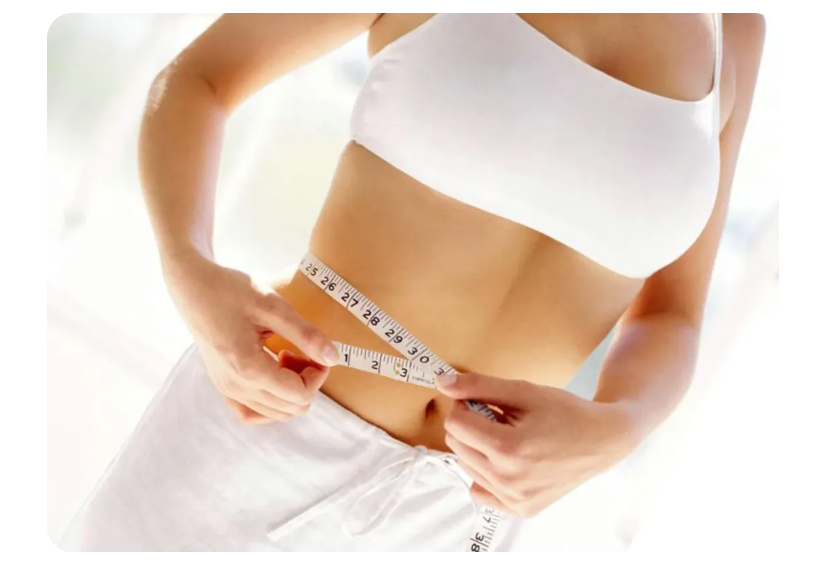Fat transfer, also known as Fat Grafting in Dubai or fat injection, has become increasingly popular over the years as a method for contouring and augmenting various areas of the body. This procedure involves removing fat from one part of the body and injecting it into another area to add volume and improve shape. Over the decades, fat transfer techniques have evolved significantly, resulting in improved outcomes, reduced recovery times, and increased patient satisfaction. In this blog post, we will explore the history and advancements in fat transfer in Dubai, discuss the associated costs in Dubai, and highlight the before and after results of this innovative procedure.
A Brief History of Fat Transfer
The concept of fat transfer dates back to the late 19th century, but the modern era of fat grafting began in the 1980s with the advent of liposuction. Early techniques involved using large cannulas to harvest and inject fat, leading to inconsistent results and high resorption rates. Over the years, advancements in technology and technique have led to more refined methods, allowing for more predictable and natural-looking outcomes.
Key Advancements in Fat Transfer Techniques
-
Liposuction Refinement: Modern liposuction techniques use smaller cannulas and tumescent fluid to gently remove fat, minimizing trauma to the donor site and preserving fat cell viability.
-
Fat Processing: The process of purifying and preparing fat for injection has evolved to include techniques such as centrifugation and filtration, which help remove impurities and improve fat graft survival.
-
Microfat and Nanofat Grafting: Recent innovations include the use of microfat and nanofat, which involve further refining fat into smaller particles for more precise injections. This technique is particularly useful for delicate areas like the face.
-
Stem Cell-Enriched Fat Transfer: Researchers have explored the use of stem cell-enriched fat grafts to enhance the survival and regenerative potential of transplanted fat cells, offering promising results in tissue rejuvenation.
-
Advanced Injection Techniques: Surgeons now employ various injection techniques, such as layered and structural grafting, to achieve more natural contours and improved fat retention.
Cost of Fat Transfer in Dubai
The fat transfer cost in Dubai varies based on several factors, including the areas being treated, the surgeon’s expertise, and the specific techniques used. On average, the cost of a fat transfer procedure in Dubai can range from AED 4,999 to AED 40,000. or more. It is essential to consult with a board-certified plastic surgeon to obtain an accurate quote tailored to your individual needs.
Before and After Results
Fat transfer procedures can provide dramatic yet natural-looking results, enhancing areas such as the face, breasts, buttocks, and hands. Patients often report increased confidence and satisfaction with their appearance following the procedure. Here are some common improvements observed after fat transfer:
-
Facial Fat Transfer: Restored facial volume, reduced appearance of wrinkles, and improved skin texture.
-
Breast Augmentation with Fat Transfer: Natural-looking breast enhancement with minimal scarring.
-
Buttock Augmentation (Brazilian Butt Lift): Enhanced buttock shape and volume, resulting in a more youthful silhouette.
-
Hand Rejuvenation: Improved skin quality and reduced appearance of veins and tendons.
FAQs About Fat Transfer in Dubai
1. Is fat transfer permanent?
While a portion of the transferred fat may be reabsorbed by the body, the results of fat transfer can be long-lasting. Surgeons often overfill the treated area to account for this resorption. Maintaining a stable weight and following post-operative care instructions can help prolong the results.
2. What are the risks and side effects of fat transfer?
As with any surgical procedure, fat transfer carries some risks, including infection, bruising, swelling, and asymmetry. However, these risks are generally low when performed by an experienced surgeon.
3. How long is the recovery period after fat transfer?
The recovery time varies depending on the areas treated and the extent of the procedure. Most patients can resume normal activities within 1 to 2 weeks, although swelling and bruising may take several weeks to subside completely.
4. Can anyone undergo a fat transfer procedure?
Ideal candidates for fat transfer are individuals with sufficient donor fat and realistic expectations about the results. A consultation with a qualified plastic surgeon is necessary to determine candidacy for the procedure.
5. Are there non-surgical alternatives to fat transfer?
Yes, non-surgical options such as dermal fillers can provide temporary volume enhancement for certain areas, particularly the face. However, fat transfer offers a more natural and longer-lasting solution for volume restoration.
Conclusion
The evolution of fat transfer techniques has revolutionized the field of cosmetic surgery, offering patients safe and effective solutions for enhancing their appearance. With ongoing advancements and a growing body of research, the future of fat transfer looks promising, providing patients with even more refined and personalized treatment options. If you are considering a fat transfer procedure in Dubai, consult with a Best plastic surgeons in Dubai to explore your options and achieve your desired results.

